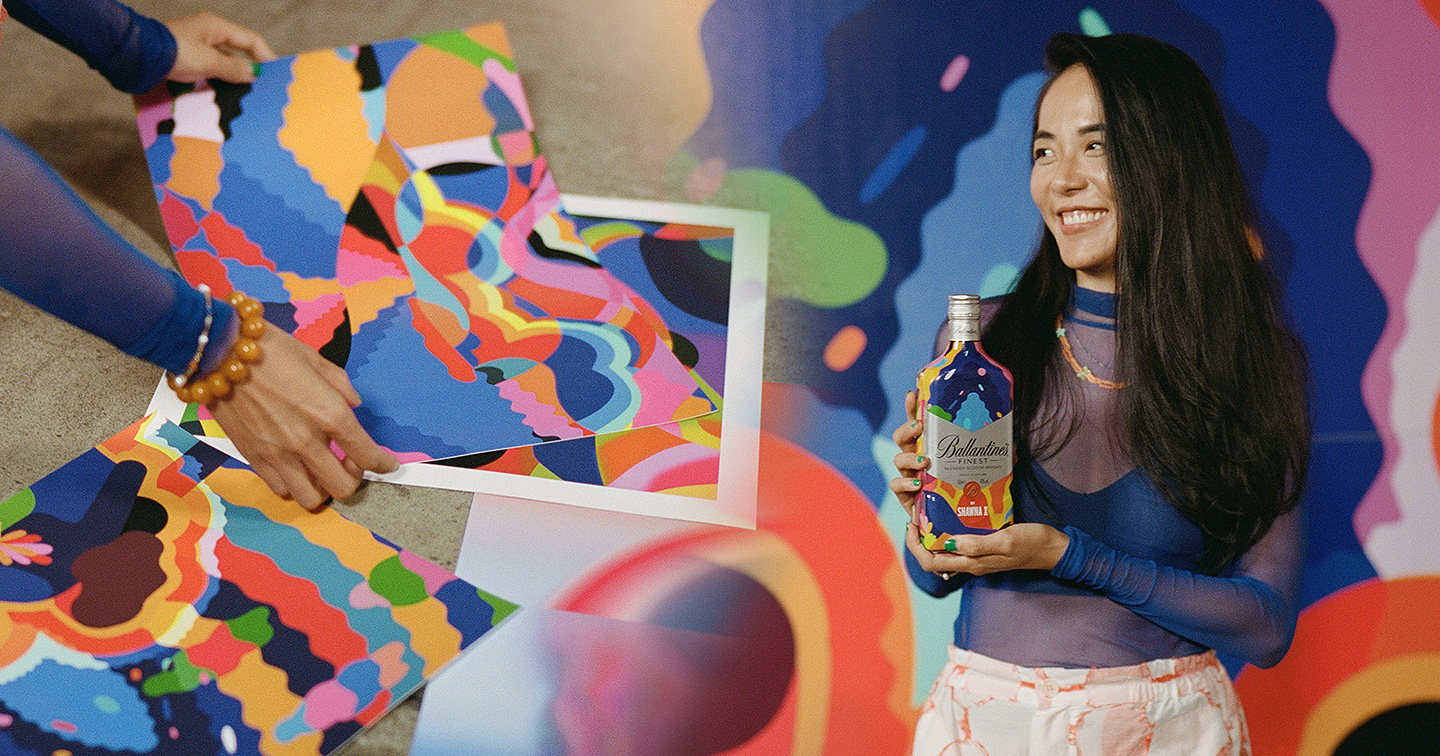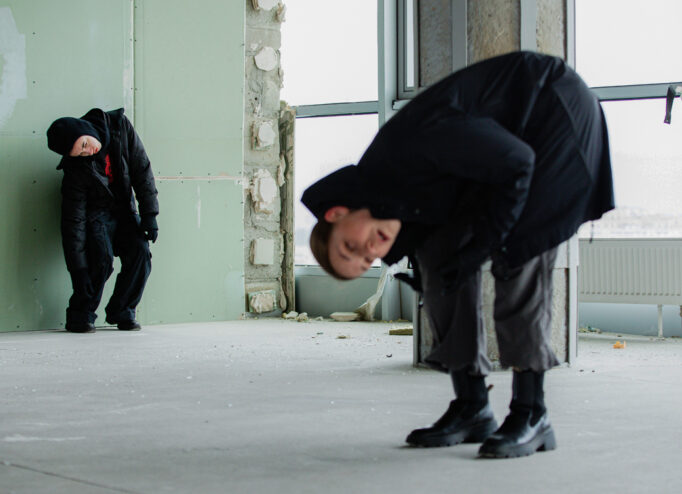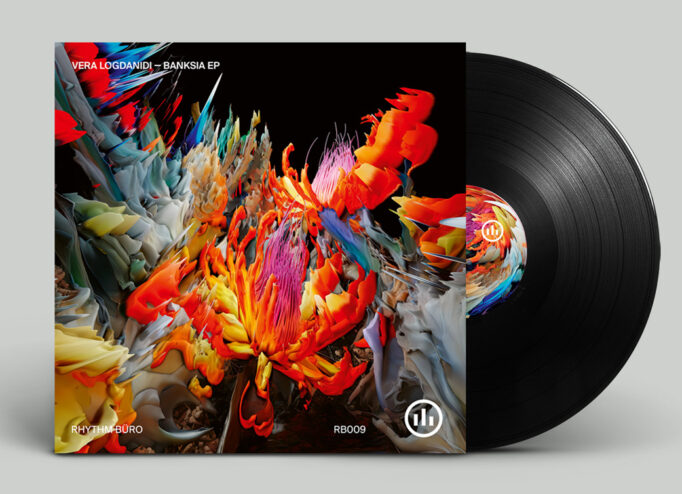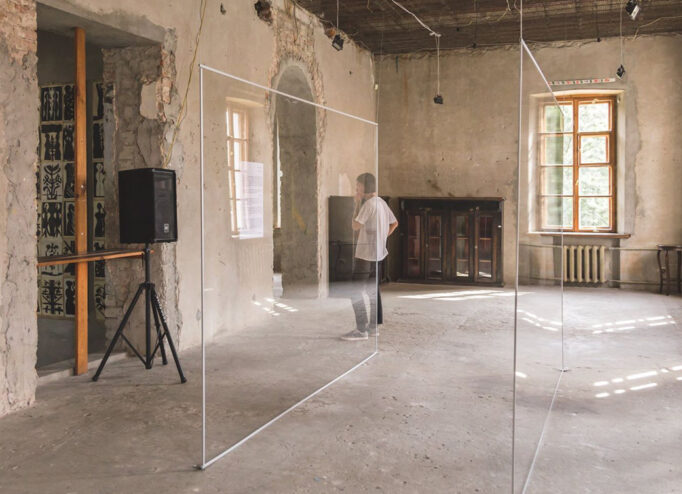Her name is little known to the Ukrainian audience, but she is an active and well-known artist with a recognizable style in the United States. The vibrant colors and plastic graphics give Shawna X the ability to work with a wide thematic spectrum ranging from the exploration of sexuality to the search for one’s own identity. And this, in turn, attracts the attention of brands: she designed the Nike store and the volleyball court for adidas, drew illustrations for the San Francisco Opera and world’s leading publications, namely The New York Times and The New Yorker.
Her big new project is a collaboration with Ballantine’s Scotch whisky, which resulted in a limited edition bottle design dedicated to the power of art and community. Shawna X responded in writing to DTF Magazine on the eve of the release in Ukraine and explained why the artist’s style is not about art, what she considers art and how this relates to the interpretation of the viewer, as well as about her interest in the theme of vulnerability and the role of the collaboration with Ballantine’s.
What you should know about Shawna X

Shawna X started drawing when she was 7 years old, when she moved from China to her parents in Portland. For the first year in the U.S., it was easier for the girl to communicate with her environment using pictures, and she drew portraits of classmates and neighborhood children to become friends with them.
Cultural identity is one of the themes that Shawna X is still exploring, and this theme also comes from a rather «white» and homogeneous city in the 1990s, Portland. The artist recalls that she did not encounter bullying because of her ethnicity in school or in her everyday Portland life. But she did not feel at home in the Chinese community, which did not want to recognize her creative side and «demanded admission to Harvard for a solid specialty», nor in the American community, for which Shawna was not local or understandable enough.
The artist became interested in the theme of feminism in college and she made the images as vivid as possible to soften their frankness. Later Shawna X realized that the topic of feminism really does overlap with the search for cultural identity as it also relates to a search for your own place in society.
The artist immersed herself in the theme of vulnerability, which she considers as a certain way of an open mind, that helps to explore the world around her in new ways.
The theme of community and finding common ground is also close to Shawna X and was a key theme in her collaboration with Ballantine’s. Her work for the brand properly assesses community and a sense of belonging.
According to Shawna X, the key elements of the design are community and joy. The work depicts a group of people who recognize each participant and give them their due. At the same time, these people came together in a joint dance, a meeting or just a friendly communication. Bright design accents symbolize the collective energy, and the colors and shapes indicate the cultural and human diversity.
Before adding Ballantine’s to her list artist worked as an illustrator with The New York Times and The New Yorker. In addition, she has collaborations with Nike, adidas, Adobe, Dropbox, Spotify, Samsung, Mini, the San Francisco Opera, and other big brands.
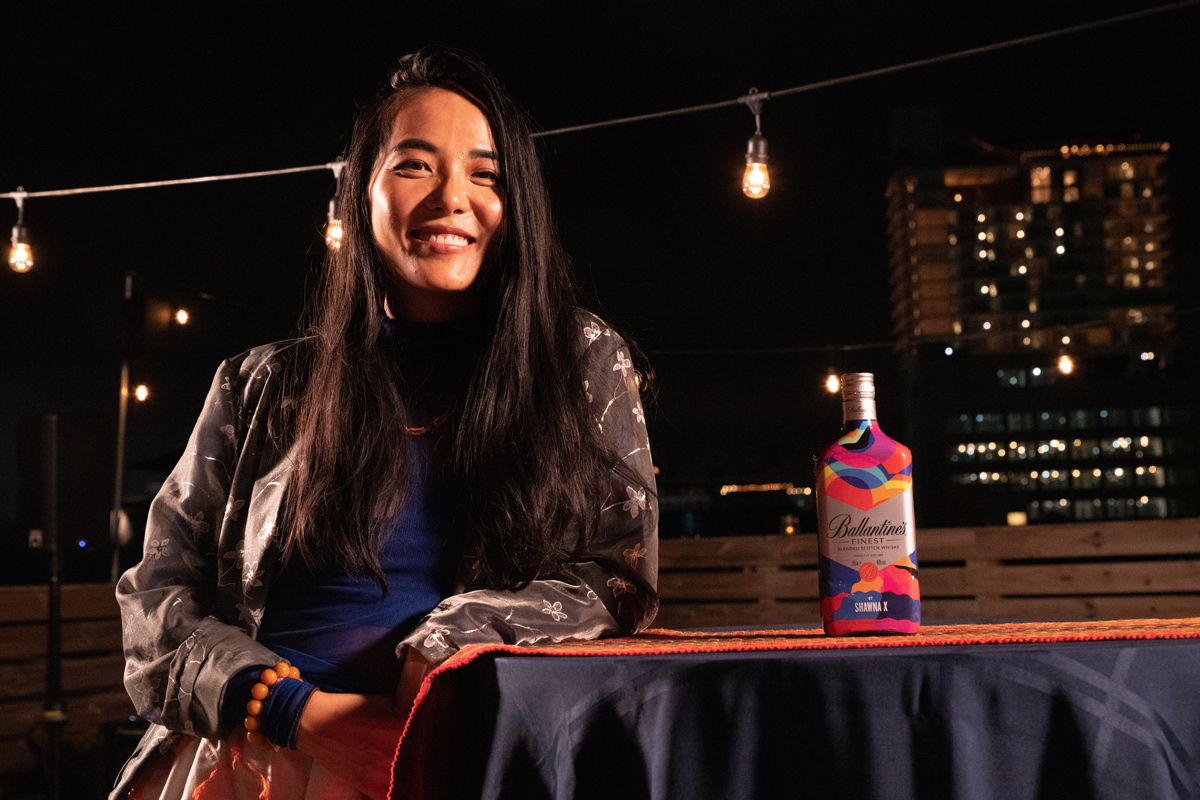
— You’ve cooperated with so many different brands — from Nike to San Francisco Opera. Have these experiences been essentially different and in what ways? How do you understand that you and a brand are going to be a true match. And your collaboration will be a reflection of both your and brand’s creativity?
— It’s always intuitive. I know immediately after I speak about the project whether the fit is right, and in what capacity. Sometimes the creative doesn’t fully align but the people do, and I like to make that work as in the end, it’s always about the people. I always go into a collaboration with an open mind and see how we can evolve together.
— And maybe you can give a piece of advice to the younger artists, when it’s better to say a ’No’ to the brand and reject its proposition.
— Trust your instinct. There are times when I didn’t and often end up regretting the exertion of the energy. Creating takes a lot of personal power and energy and I believe it’s important to protect it as much as possible.
— What does a project with Ballantine’s mean to you? What were the most important and pleasant moments?
— It’s awesome to collaborate with such an international brand, and see its influence in markets I would have not been in direct involvement with before. Ballantine’s ethos behind the campaign is what made me want to partner with Ballantine’s for their Limited-Edition campaign. After the past 20 months, everyone needs good vibes and positivity — it’s amazing to be able to bring some joy and colour to communities with Ballantine’s, both on shelves and beyond the bottle into streets and bars. Community spirit is something that has always been important to me so being able to work closely with and champion local communities around the world has been a unique experience, and seeing the artwork existing in a different space was exciting!
— This project is about communities — what does this term mean for you? To which communities do you associate yourself with? To which ones you’d like to belong?
— I respect communities, for people who band together over shared experiences. I believe I have many communities I associate with, but the ones I resonate with most are people who don’t belong to any specific communities, and are floating freely while grounded emotionally and spiritually, and have the capacity to share. I respect communities who are open minded, with a willingness to grow as oneself and as a collective whole, and intention to come together and support one another.
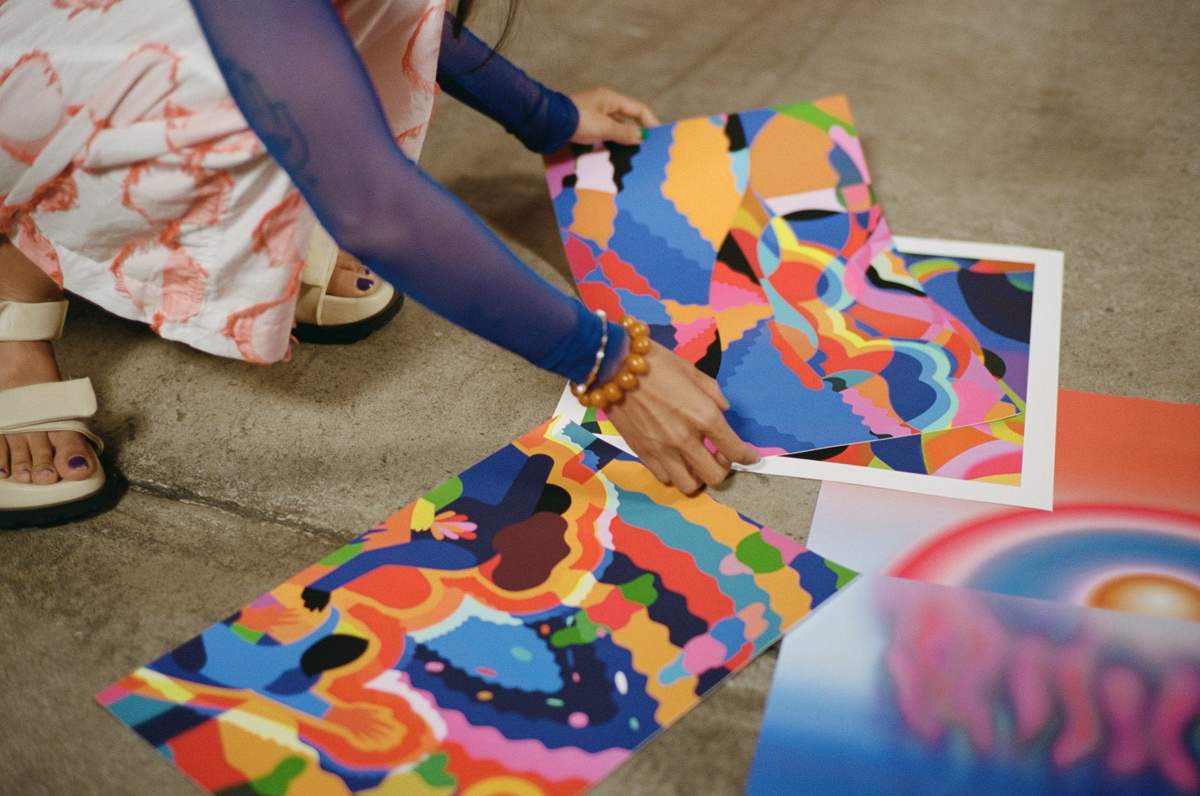
— In one of your interviews you’ve pointed, that you enjoy exploring vulnerability, however painful it is. Did it change with time or after your child’s birth? In your opinion in our world, where it’s ok to admit your own weakness or right for a bad mood and confusion, have people become more protected or after all even more vulnerable?
— I don’t think vulnerability is always about weakness.
Vulnerability is the ability to share and be open about both strengths and weaknesses. The openness showcases all spectrums of reality, which creates connection between you and someone else. I believe true vulnerability comes from strength and understanding.
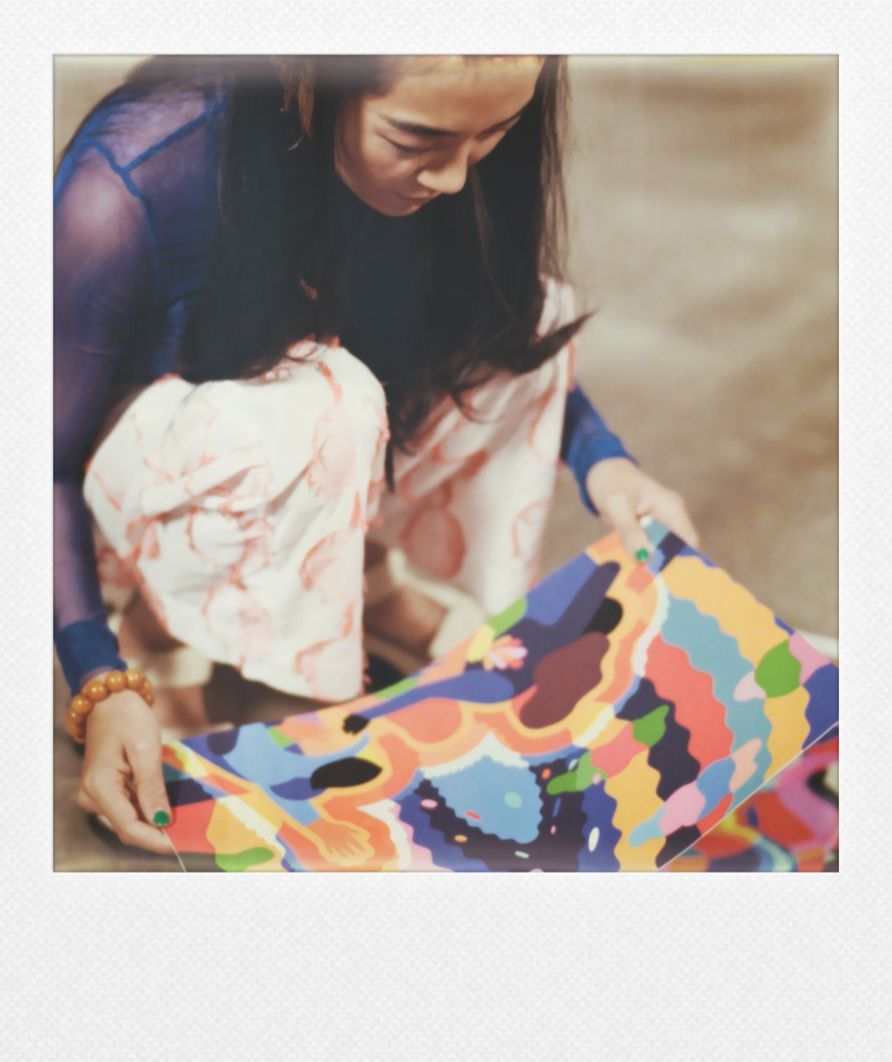
— All of your works are very bright and colorful. How do you think — can some people be distracted with colors from the senses you’ve put into your works? Does every work need to have a concept or just beautiful pictures are sometimes enough as well?
— I’m sure some people can be distracted, and that’s totally fine, I’m not making work for everyone, that’s not the point. The point is to communicate myself, and that is what art has always been. Just like humanity, it’s necessary to have both work with deep intentions and ones that are just superficial, whether if that is beauty or a characteristic. The spectrum is what creates an interest in humanity and thus art. The thought that one is better or worse is a mindset that needs to be adjusted, I believe everything exists to create balance.
— You’re working a lot with feminist and cultural identity themes, which both are a big part of the modern agenda. How much are you influenced by current affairs? How important is it for you to react and reflect the things happening in the world? In your opinion, is it possible for a big artist to live and create out of an actual agenda and be inspired by just blooming flowers or beautiful people?
— I mean, don’t you think conversations on labor, motherhood, discovery of self and identity is something that is experienced by so many people for thousands of years regardless of culture, space, time that becomes very much a topic that is important and always happening around the world? Just because it’s not a ‘current affair’ does not make it any less important or interesting. People caught in war, financial crisis, rebelling against a government, COVID – all of this requires individuals to deep dive within themselves, to grasp a sense of their identity or lack of identity. The micro level of this is deep, and I resonate with this as it feels so mundane but at the same time very special and necessary for the world to evolve.
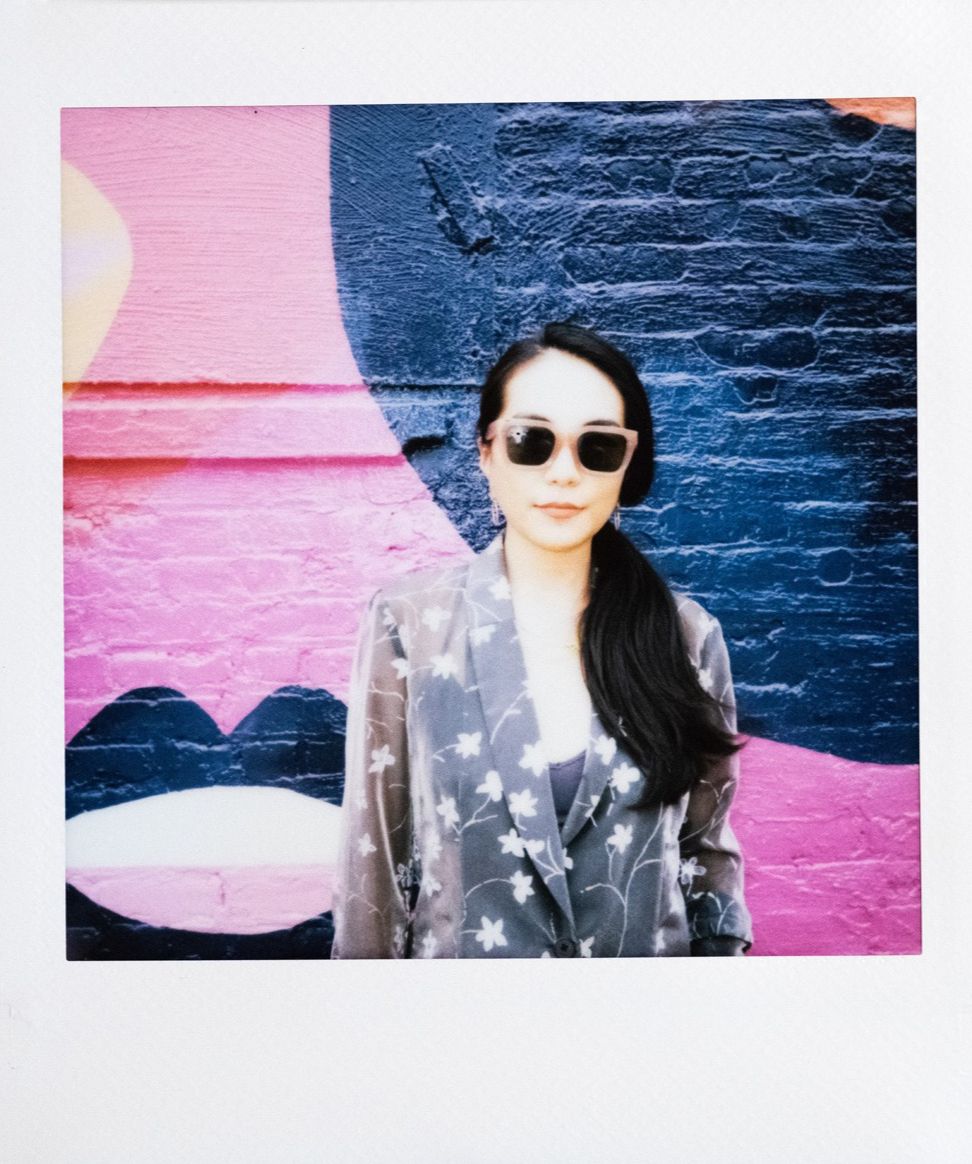
Blooming flowers may seem vapid to one, but only if one is looking at the work as its final result, not bothering to fully understand the body of the work, experiences, and process for the artist to sign their name on the blooming flower.
In an effort to differentiate something that is ‘conceptual’ vs ‘superficial’. would you say then, this is a superficial, opinionated question?
— Is it important for you to make your style recognizable?
— I don’t think it’s about making my style recognizable, I think people who do this consciously are coming from a need to brand and make their art a business.
I believe if you have a strong foundation and a strong voice, your style will become recognizable — not in sense of aesthetics, it’s the soul of the work.
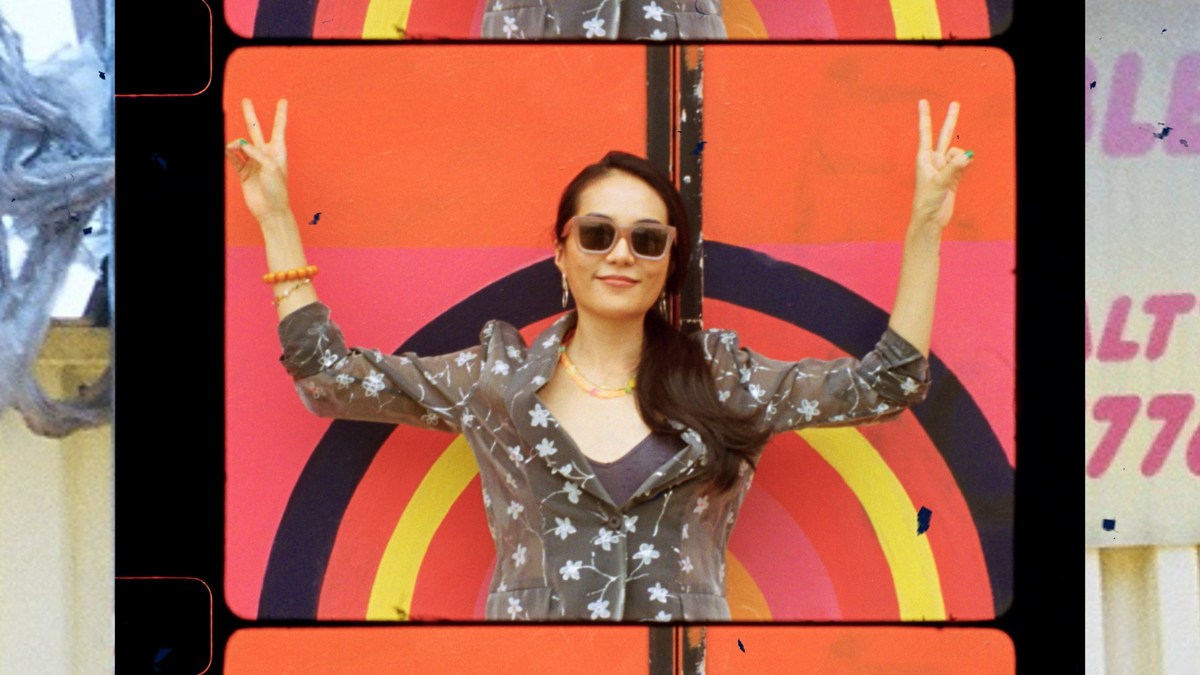
— What’s your relationship with the digital world, i.e. social media and all the things, which could be useful for any artist? Do you believe they can be of any danger or just bring comfort to our life?
— Just like everything, social media is a double edge sword. It does both. It makes an artist feel seen but only seen for a quick like, which can be cheap, but you also don’t know if that artwork that is seen has influenced or inspired someone else, and in what way. We are fully in the world of social media now, and it’s only going to become more involved. The most important thing is to educate yourself about media awareness, and to understand your own self, intuition, the true connection to yourself and others, then everything just falls off like water off a duck’s back.
SPECIAL BY


